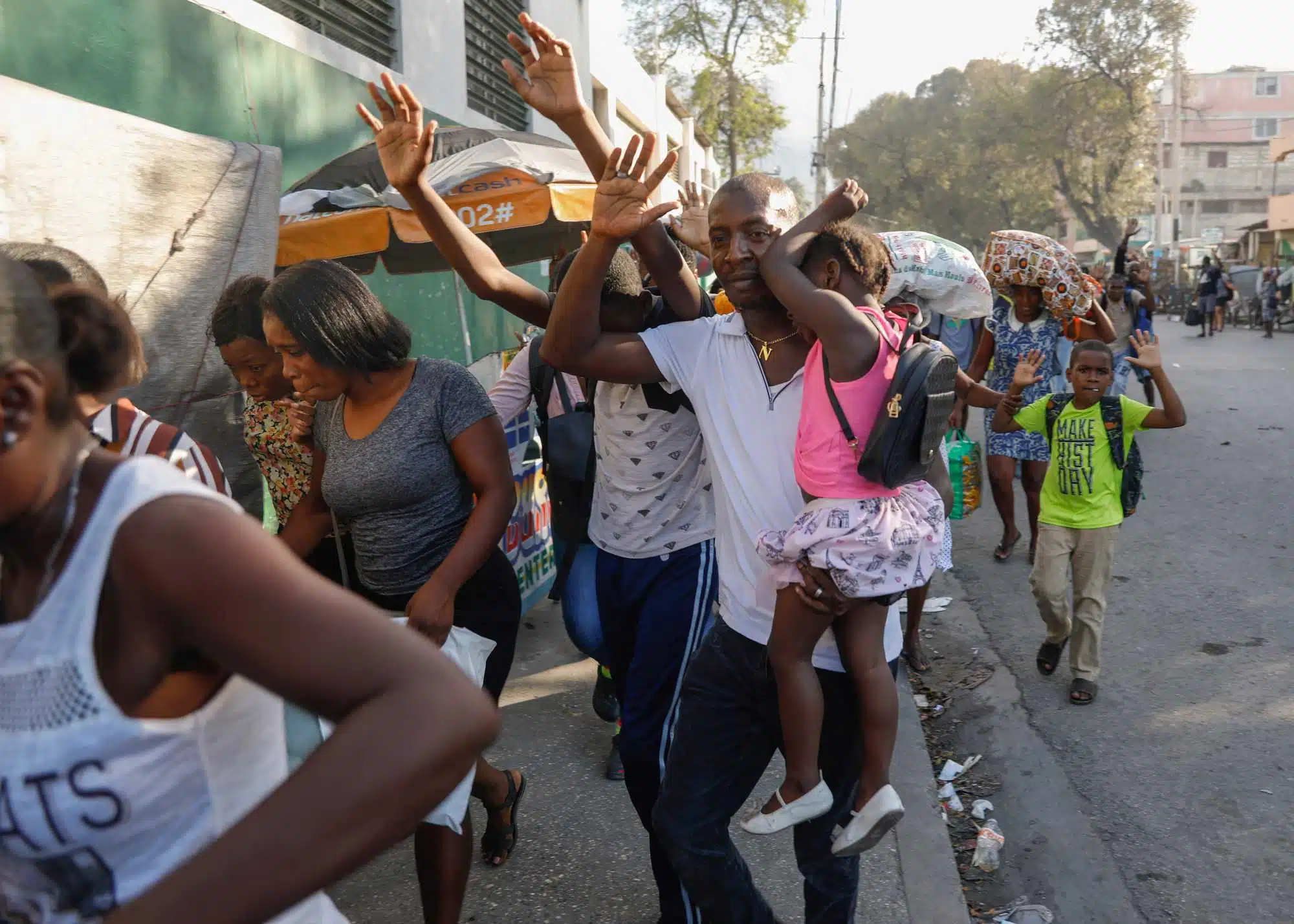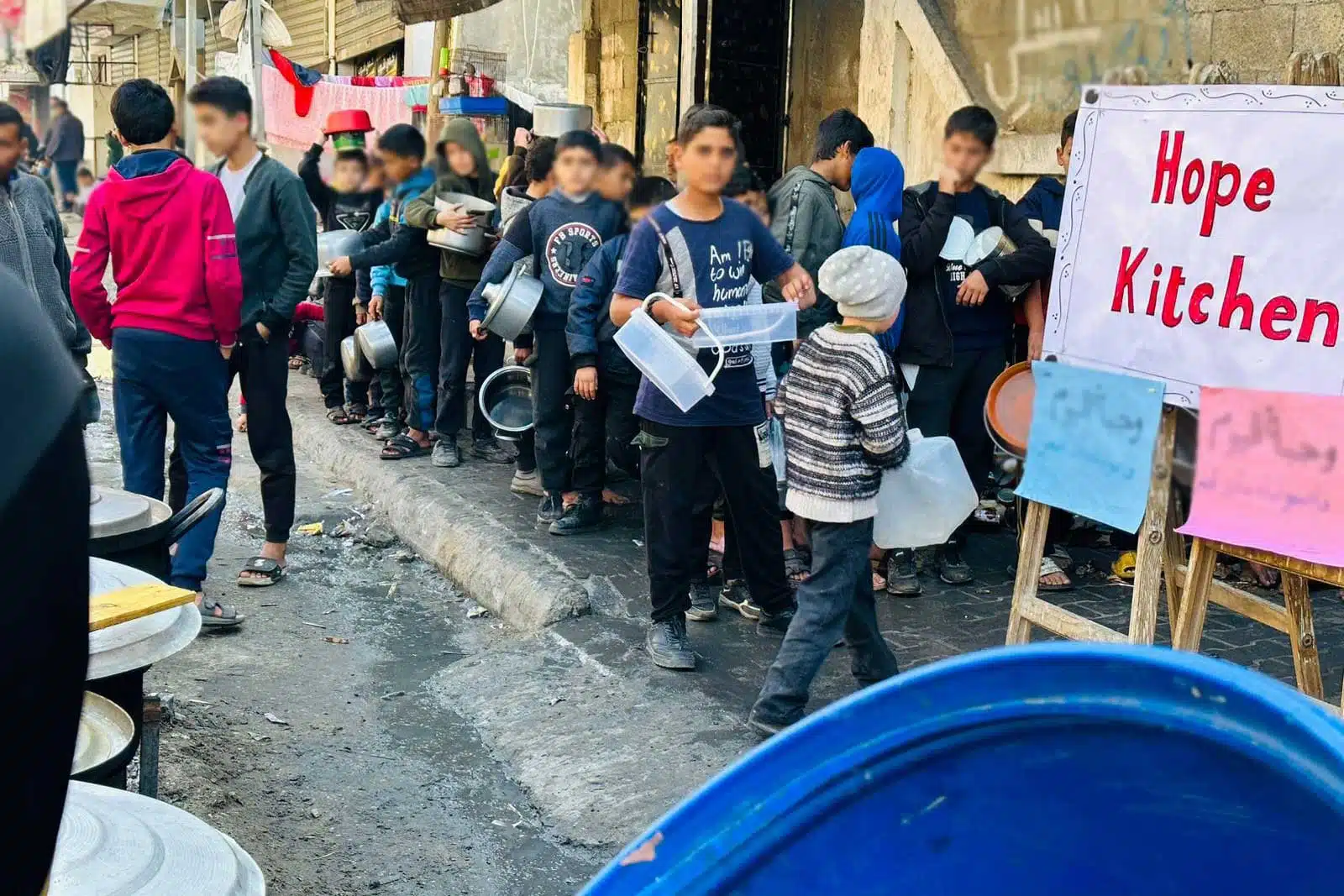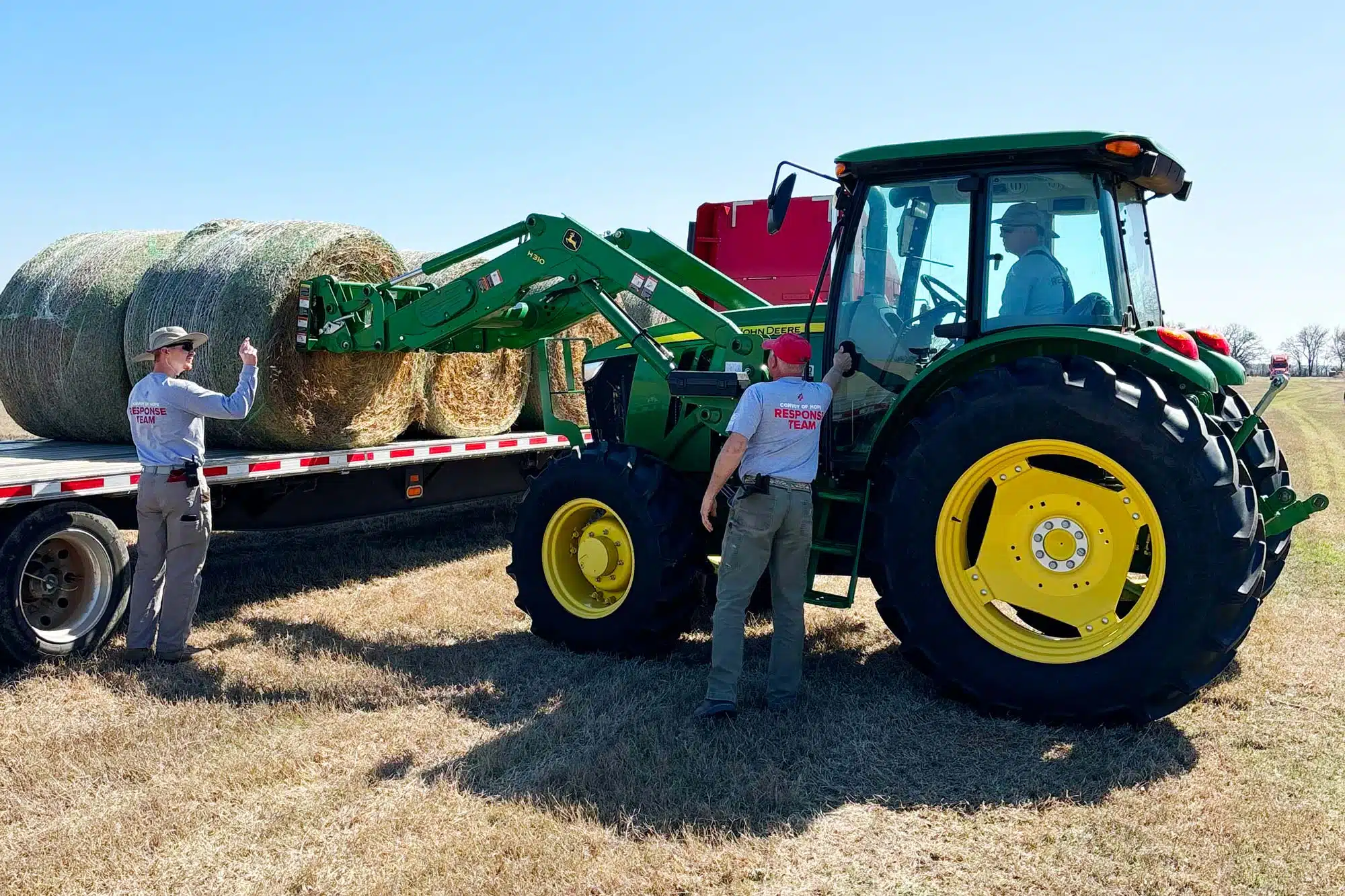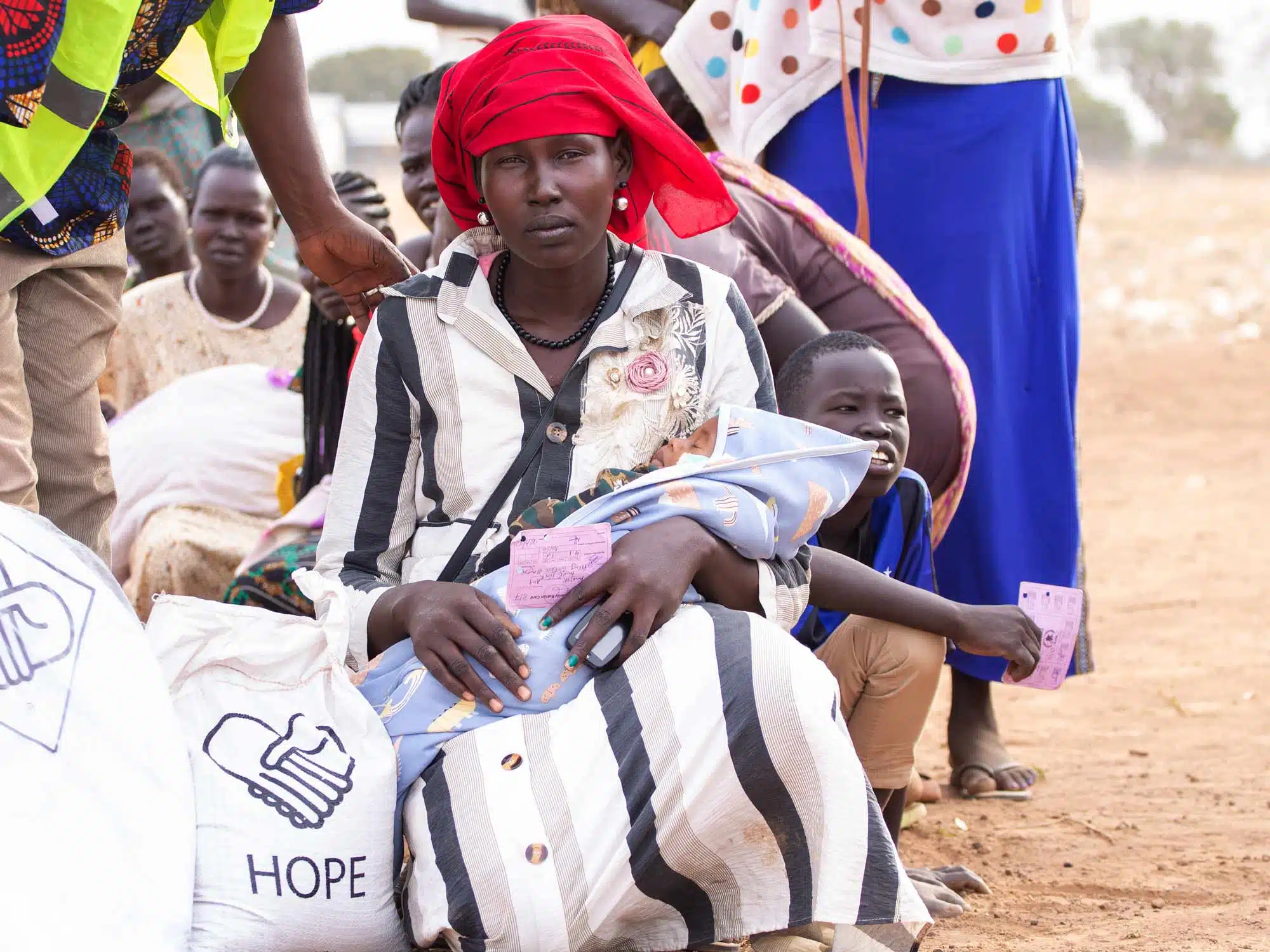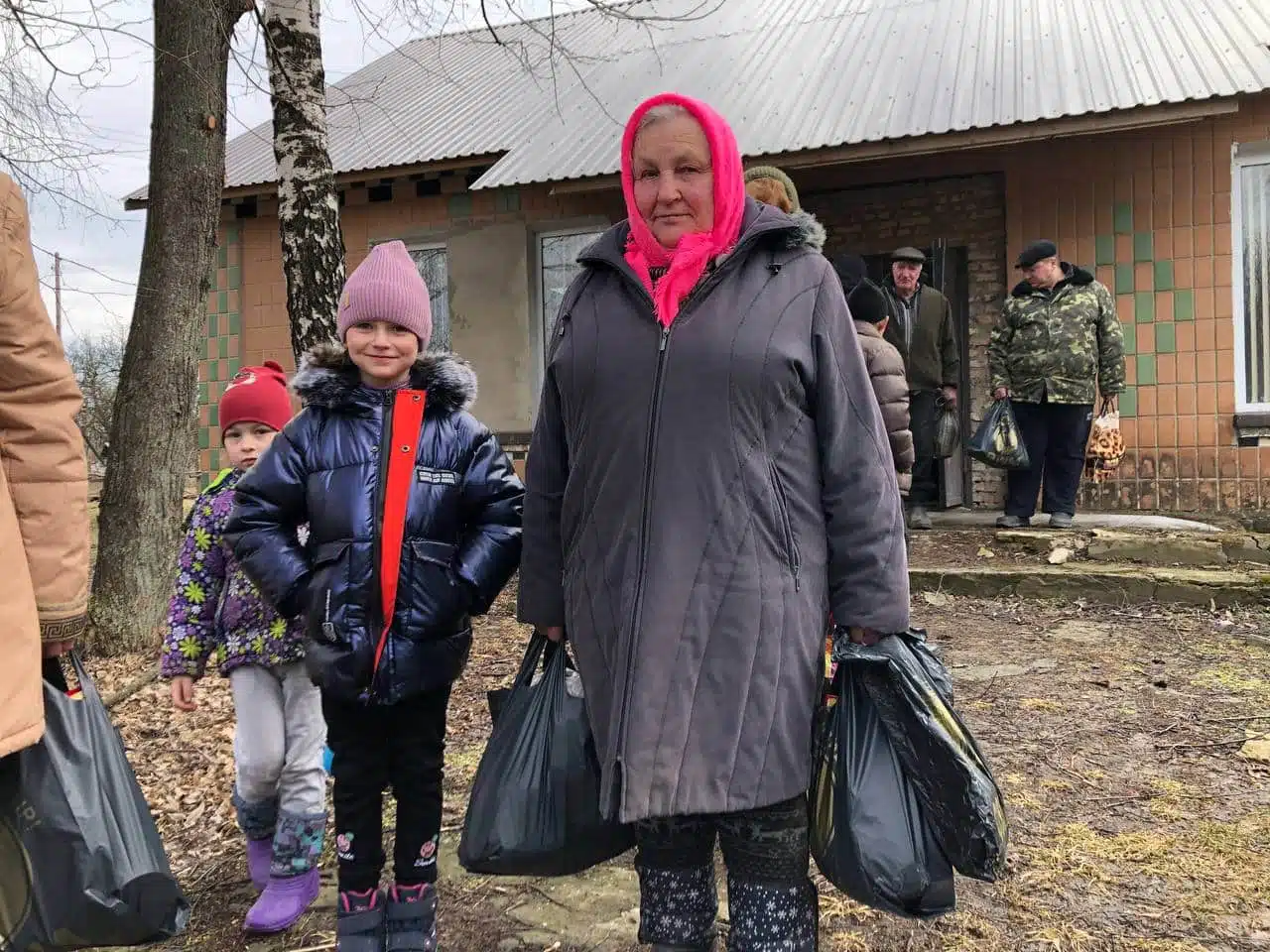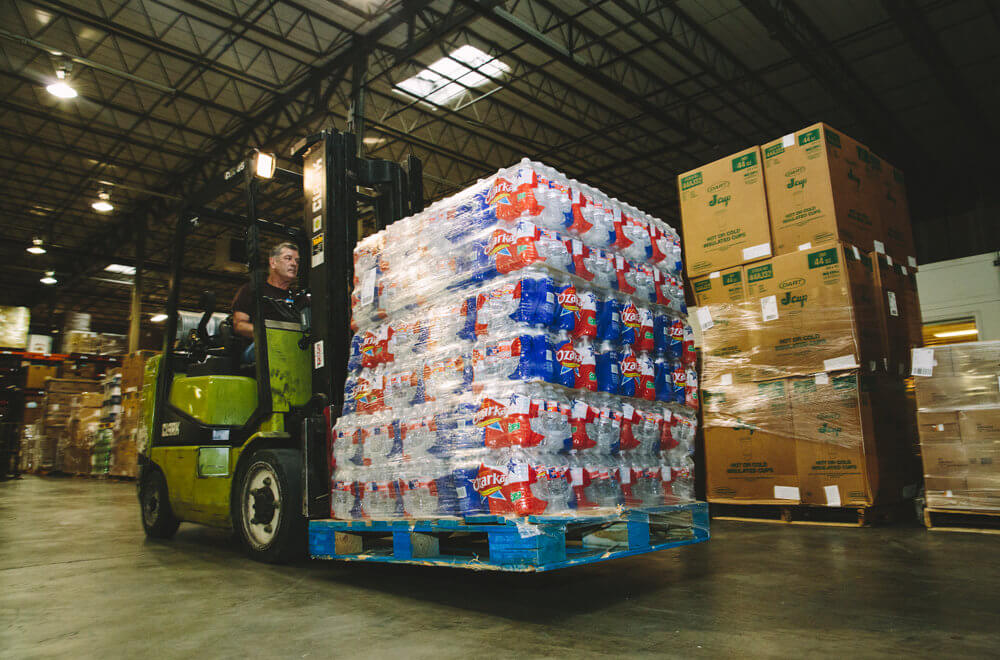Convoy Aiding Thousands After St. Vincent Volcano Eruption

July 22, 2021 | 2:20 p.m.
ST. VINCENT AND THE GRENADINES — Convoy of Hope continues to serve those affected by the eruption of La Soufrière volcano on the island of St. Vincent. Convoy has provided people in need with food, water, cleanup supplies, and other essential items. Critical partners like MAP International and The Lowe’s Foundation have helped Convoy provide for those who most need help and hope following the eruption.
“There are a plethora of needs arising from the volcanic eruptions in St. Vincent,” said Kenyatta, a Convoy field partner. “To name a few, thousands have been internally displaced, farmers have lost crops, houses have been destroyed, students have missed significant school hours, hunger and thirst have plagued many.”
Thanks to field partners and supporters, Convoy of Hope has made a difference in the lives of those who otherwise would have not known where to turn.
“Through Convoy of Hope, assistance was given to hundreds of families and thousands of persons,” Kenyatta said. “Not only were persons fed, but by buying the food locally, there was an injection of cash into the local economy. Besides food, hundreds of families were given water, hygiene and cleaning materials, and — most of all — hope.
Convoy is grateful for those who allow us to do the work that we do when disaster strikes, both in the U.S. and internationally. To support Convoy of Hope, click here.
May 29, 2021 | 2:15 p.m.
ST. VINCENT AND THE GRENADINES — More than two months after La Soufrière erupted — displacing tens of thousands on the island of St. Vincent — residents are still struggling with how to deal with the ash that spewed from the volcano.
Ash often accumulates like heavy snowfall, but can be much more harmful. A dry layer of 4-inch-thick ash can weigh up to 200 pounds per square yard, collapsing roofs under the strain. Wet ash can weigh twice as much.
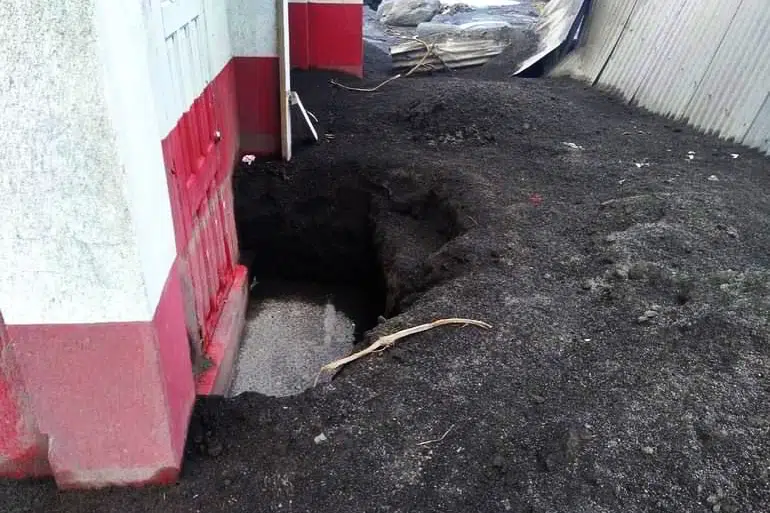
May 14, 2021 | 9:31 a.m.
ST. VINCENT AND THE GRENADINES — “No one thought it would last this long,” said Kenyatta Lewis, a pastor who lives on the Turks and Caicos Islands. After growing up in St. Vincent, Lewis was devastated by the destruction following the recent eruption of La Soufrière.
Until this disaster, it had been 42 years since an eruption on St. Vincent in the Caribbean islands. La Soufrière — French for “sulfur outlet” — has erupted close to 30 subsequent times. One was so powerful that it launched sulphur onto four different continents.
“20,000 people have been displaced; about 7,000 of them went to government shelters at churches, community centers, and schools. The rest found shelter in private homes with other family members or friends. People were left with very little,” Lewis said of the aftermath.
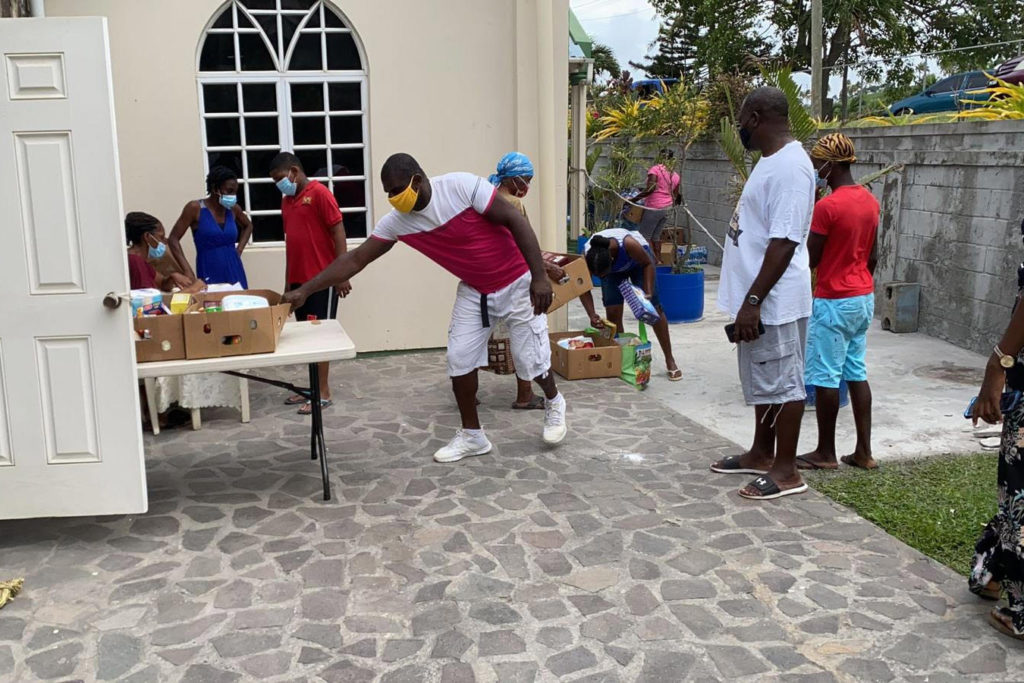
But grief and despair soon turned into hope.
“Convoy of Hope, only 10 days after the first eruption, had enough food to feed 500 families for two weeks. Our typical family here has between three and four people,” Lewis said.
Lewis was equally excited that Convoy of Hope purchased some of the food at local food shops to help otherwise struggling businesses.
“We had rice, sugar, powdered milk, canned tuna, corned beef, cereal, [and] sardines. We were well-fed. And again, each household was given food for two weeks’ time,” said Lewis.
Six churches on the island helped with the distribution of food and bottled water. Lewis says that, more than a month after the eruption, Convoy of Hope has reached close to 4,000 people.
“Thank you for your contribution. Thank you for your generosity. My prayer is that everyone who has given will be blessed beyond measure,” Lewis said.
